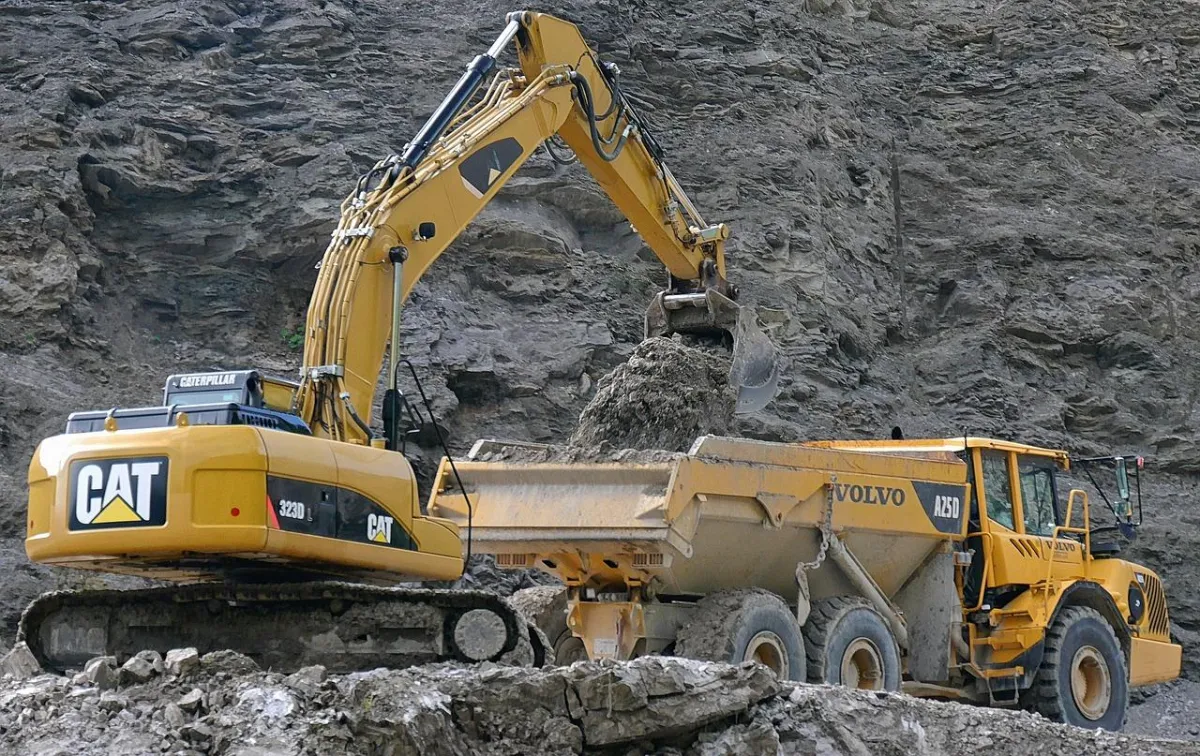Licensed, Bonded & Insured | Family Owned & Operated
049-012803 IL | IL Pumping License: 054-021753 | IA Pumping License: 12839
22 YRS. EXPERIENCE, FULL SITE PREP EXPERTS - HOW CAN WE HELP?

Navigating Environmental Regulations: Land Clearing Best Practices in Illinois
Land clearing is a crucial step in various development projects, from building residential neighborhoods to establishing commercial spaces and agricultural ventures. However, in a state like Illinois, where environmental preservation is paramount, navigating the complex web of regulations and permits governing land clearing can be challenging. This article delves into the intricate world of land clearing best practices in Illinois, providing insights into how to effectively balance progress with environmental stewardship.

Environmental Regulations and Permits
Illinois boasts a diverse ecosystem, encompassing wetlands, forests, prairies, and water bodies. Consequently, state and federal regulations are in place to ensure that land clearing activities do not jeopardize the delicate balance of these ecosystems. The Illinois Environmental Protection Agency (IEPA) and the U.S. Army Corps of Engineers are the primary agencies responsible for overseeing land clearing activities and issuing permits.
Wetland preservation is a critical consideration in land clearing projects. Developers and landowners are required to obtain permits if their projects impact wetlands, which provide vital habitats for numerous plant and animal species. Understanding the different types of permits, such as Nationwide Permits (NWP) and Individual Permits (IP), is essential for compliance. Engaging with regulatory agencies early in the planning stages can expedite the permitting process and help avoid costly delays.
Erosion Control Measures
Erosion and sedimentation are significant concerns during land clearing, as they can lead to soil degradation, water pollution, and habitat destruction. To mitigate these risks, developers must implement effective erosion control measures. One commonly used technique is silt fencing, which traps sediment-laden water and prevents it from entering nearby water bodies. Additionally, installing sediment basins, sediment ponds, and vegetative cover can significantly reduce erosion and safeguard water quality.
Habitat Conservation and Biodiversity
Preserving biodiversity and protecting native habitats are integral components of land clearing best practices in Illinois. Before commencing clearing activities, it's important to conduct thorough ecological assessments to identify areas of high ecological value. Developing mitigation plans that include reforestation, wetland restoration, or habitat enhancement can offset the ecological impact of land clearing projects.
Low-Impact Machinery and Techniques
Modern technology offers a range of low-impact machinery and techniques that minimize the environmental footprint of land clearing. Mulching, for instance, involves using specialized machinery to grind trees, brush, and vegetation into mulch, which can be left on-site as natural ground cover. This approach reduces soil disturbance, minimizes erosion, and returns nutrients to the soil.
Selective clearing is another strategy that targets only specific vegetation, leaving other areas untouched. This approach is especially beneficial for projects where certain trees or plant species need to be preserved for ecological or aesthetic reasons. By embracing these innovative techniques, landowners and developers can achieve their goals while maintaining ecological balance.
Case Study: The Prairie Creek Conservation Project
To illustrate successful land clearing practices in Illinois, let's examine the Prairie Creek Conservation Project. Located on the outskirts of a growing urban area, this project aimed to create a balance between urban expansion and habitat preservation. Developers collaborated closely with environmental experts and regulatory agencies to design a land clearing plan that prioritized wetland protection, erosion control, and habitat enhancement.
The project employed a combination of erosion control measures, including silt fencing, sediment basins, and vegetative cover, to prevent soil degradation and water contamination. Selective clearing was used to maintain key habitats, and native plant species were reintroduced to enhance biodiversity. Furthermore, low-impact machinery, such as mulchers and specialized clearing equipment, were utilized to minimize disruption to the ecosystem.
Conclusion: Land clearing in Illinois requires a delicate dance between progress and preservation. Navigating the labyrinth of environmental regulations and permits is a crucial step toward achieving development goals while safeguarding the state's unique ecosystems. By incorporating erosion control measures, habitat conservation efforts, and innovative clearing techniques, developers and landowners can contribute to a sustainable future where economic growth harmonizes with environmental responsibility. Through collaboration with regulatory agencies and environmental experts, Illinois can continue to strike a balance that ensures the well-being of both its citizens and its natural heritage.

Excavation Marketing Pros
Excavation Marketing Pros is dedicated to the success of excavation and septic companies.

AVOID COSTLY MISTAKES:
Do NOT hire an excavating contractor without first reading our free guide:
The ULTIMATE Excavation & Septic "Success Guide."

We Offer Excavation Services NearYou!
If you don't see your specific area, contact us and we may still be able to help or give a referral.
Serving cities & towns nearby:
All rights reserved | Privacy policy


